



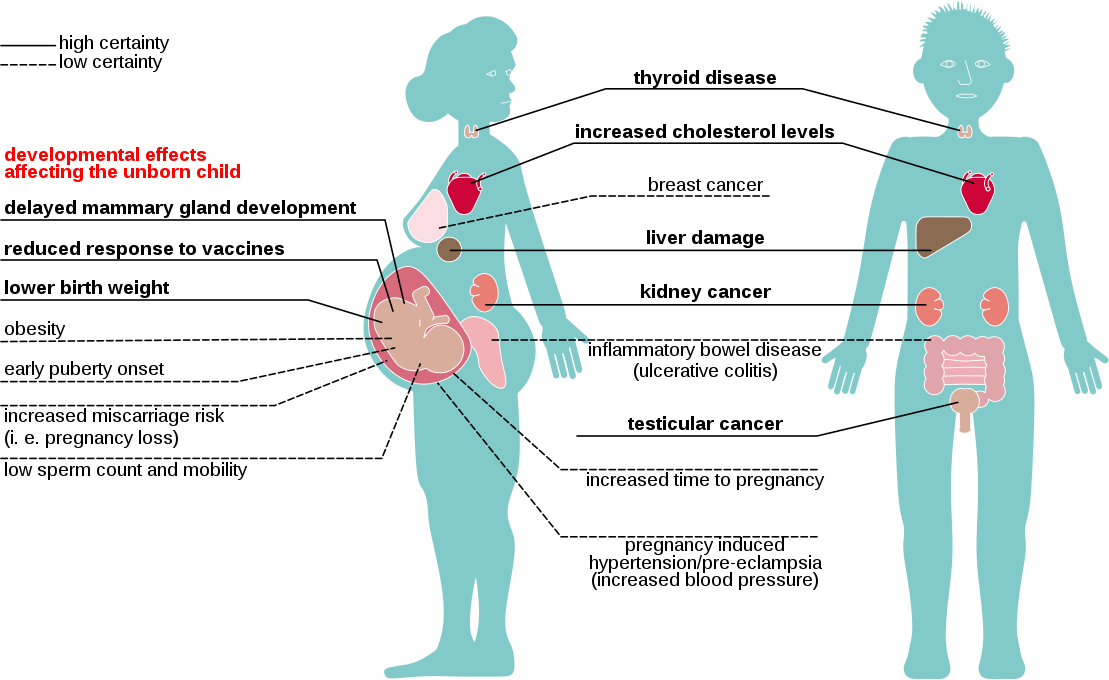
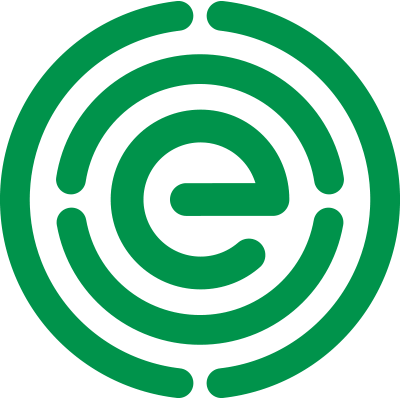
In another report, the manufacturers themselves attempted to prove how safe their products are. Commonly, when you perform work in the lab, you attempt to establish what is called a “control group.” This cohort of people represents a baseline for which to compare the initial assumption.
That baseline needed to be blood samples without any PFAS contamination.

February 2021, a New York mother opens her mail one day after a PFOA alert was sent out to residents of her city. The result? Her son’s levels read 222,000 PPT. At the time, she was breastfeeding, which resulted in concentrations of 100x the national average.
Near the Great Lakes, another child reaches 484,000 PPT.

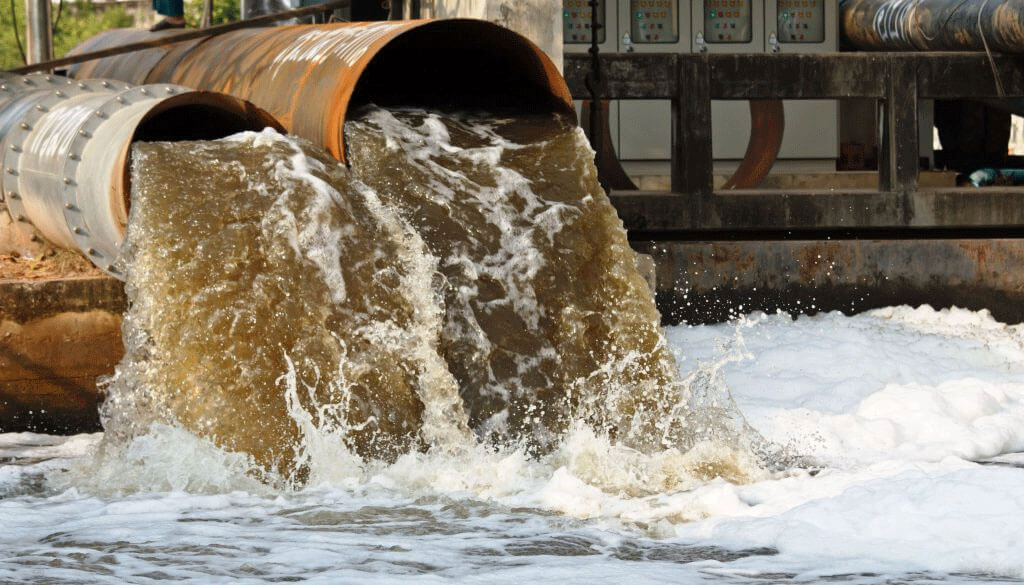
If you’ve ever driven past an industrial park, you may have seen white or translucent vapor coming out of the smoke stack. While some argue that this is only water vapor due to pollution regulations, trace amounts of pollutants continue to find their way into our air. Some of which is carried by the wind several miles away from the production site, and into nearby towns.
However, the real danger is within our homes, and not just from our water.
Have you ever walked by your window early in the morning or late in the afternoon? Just as the sun is rising or setting. You notice a tranquil, mood setting, ray of light shining across the room as particles of dust float within your view.
While the commonly accepted explanation is that dust is upward of 70% skin cells, which are inherently harmless. The other 30% contains:
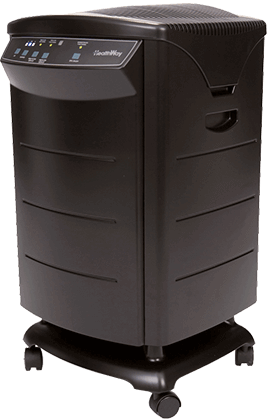


Unfortunately, the very organizations that were created to safeguard us now find themselves with their hands tied. The Toxic Substances Control Act, for example, prevents the EPA from enacting meaningful legislation.
In a nutshell, this allows producers to declare whether or not their products are safe. While there are some checks in place, the government inevitably goes along with the dubious claims.
Within Congress, there has been a modest but rising movement to do something about it. This includes prohibiting and minimizing the use of PFAS in industrial processes. Of course, as we’ve learned more about how our government operates, we’ve come to the conclusion that it is reactive rather than proactive.
They’ll wait for you and your family to become unwell and spend tens of thousands of dollars on medical bills and treatments before taking action.
Which we’re witnessing once more in front of our eyes…
As they aim to regulate some PFAS, a new class of these molecules are being developed. The manufacturers are naming it, GENX.
Not to be confused with Generation X. Those of you born between the 60s and 80s.
While our representatives are busy discussing the ramifications of these outdated chemicals, producers are already transitioning to the new version.
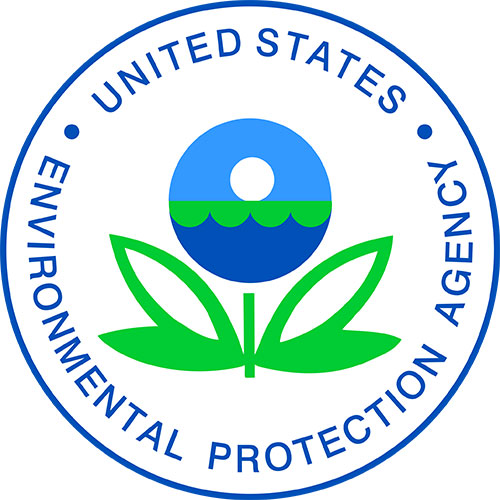
Realistically, due to their widespread use, it is near to impossible to eliminate. Even if we shut down all production of these materials, we still have decades of build up in our environment.
But we can take action to significantly improve the state of our lives and that of our family.
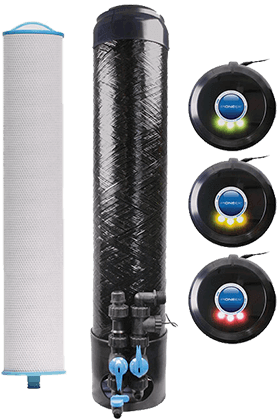 Learn more
Learn more


